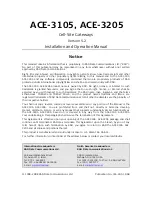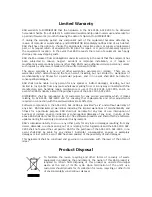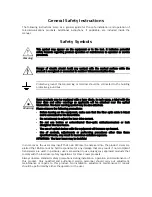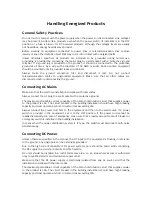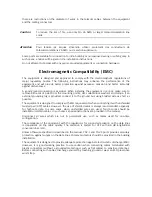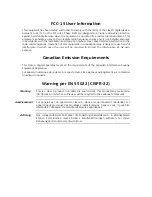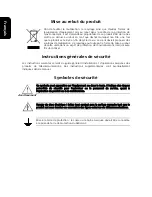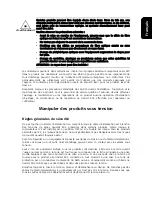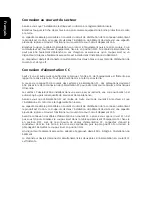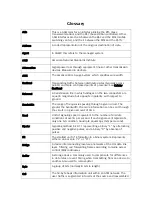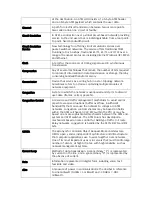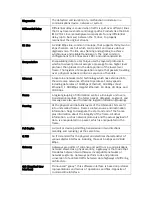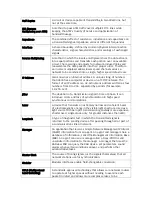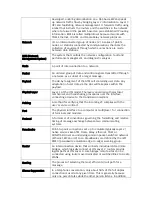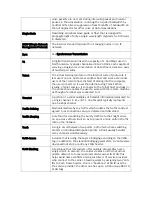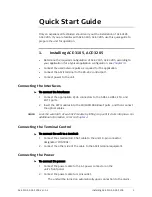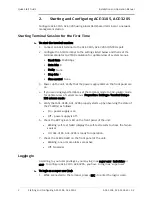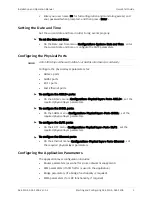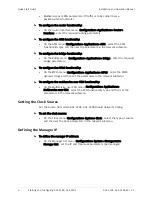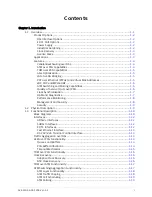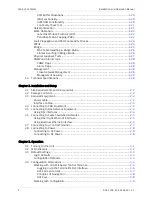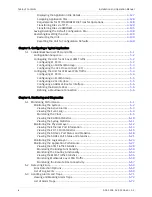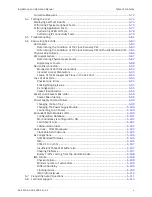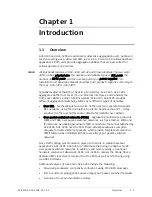
at the destination. An ATM cell consists of a 5-byte ATM header
and a 48-byte ATM payload, which contains the user data.
Channel
A path for electrical transmission between two or more points.
Also called a link, line, circuit or facility.
Circuit Emulation
In ATM, a connection over a virtual circuit-based network providing
service to the end users that is indistinguishable from a real point-
to point, fixed-bandwidth circuit.
Circuit Emulation
Service
New technology for offering circuit emulation services over
packet-switched networks. The service offers traditional TDM
trunking (at n x 64 kbps, fractional E1/T1, E1/T1 or E3/T3) over a
range of transport protocols, including Internet Protocol (IP), MPLS
and Ethernet.
Clock
A term for the source(s) of timing signals used in synchronous
transmission.
Compression
Any of several techniques that reduce the number of bits required
to represent information in data transmission or storage, thereby
conserving bandwidth and/or memory.
Concentrator
Device that serves as a wiring hub in a star-topology network.
Sometimes refers to a device containing multiple modules of
network equipment.
Congestion
A state in which the network is overloaded and starts to discard
user data (frames, cells or packets).
Congestion Control
A resource and traffic management mechanism to avoid and/or
prevent excessive situations (buffer overflow, insufficient
bandwidth) that can cause the network to collapse. In ATM
networks, congestion control schemes may be based on fields
within the ATM cell header (CLP, EFCI within the PTI) or may be
based on a more sophisticated mechanism between the ATM end-
system and ATM switches. The ATM Forum has developed a
mechanism based on rate control for ABR-type traffic. In Frame
Relay networks, congestion is handled by the FECN, BECN and DE
bits.
CORBA
The acronym for Common Object Request Broker Architecture,
OMG's open, vendor-independent architecture and infrastructure
that computer applications use to work together over networks.
One of its most important uses is in servers that must handle large
number of clients, at high hit rates, with high reliability, such as
network management systems.
Current Loop
Method of data transmission. A mark (binary “1”) is represented
by current on the line, and a space (binary “0”) is represented by
the absence of current.
Data
Information represented in digital form, including voice, text,
facsimile and video.
dBm
A measure of power in communications: the decibel in reference
to one milliwatt (0 dBm = 1 milliwatt and -30 dBm = .001
milliwatt).



